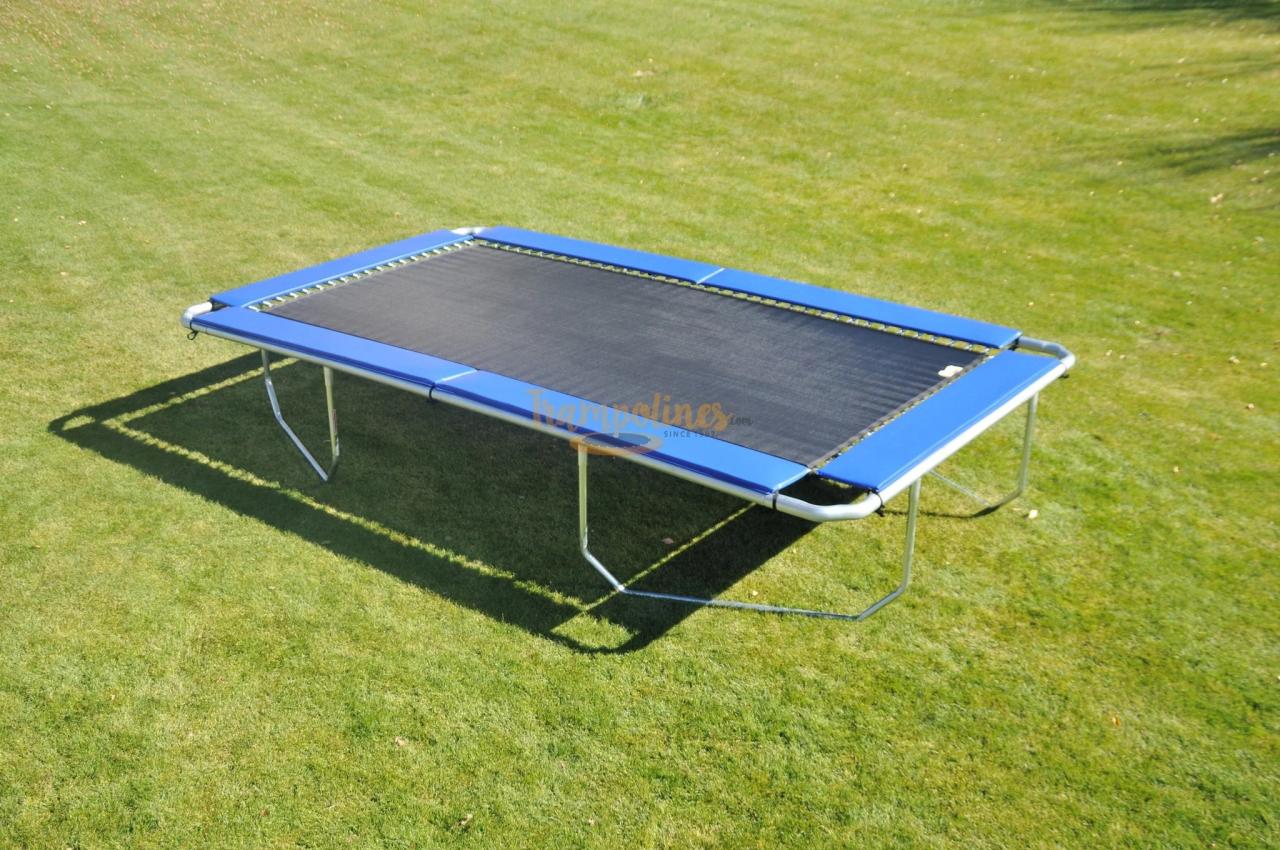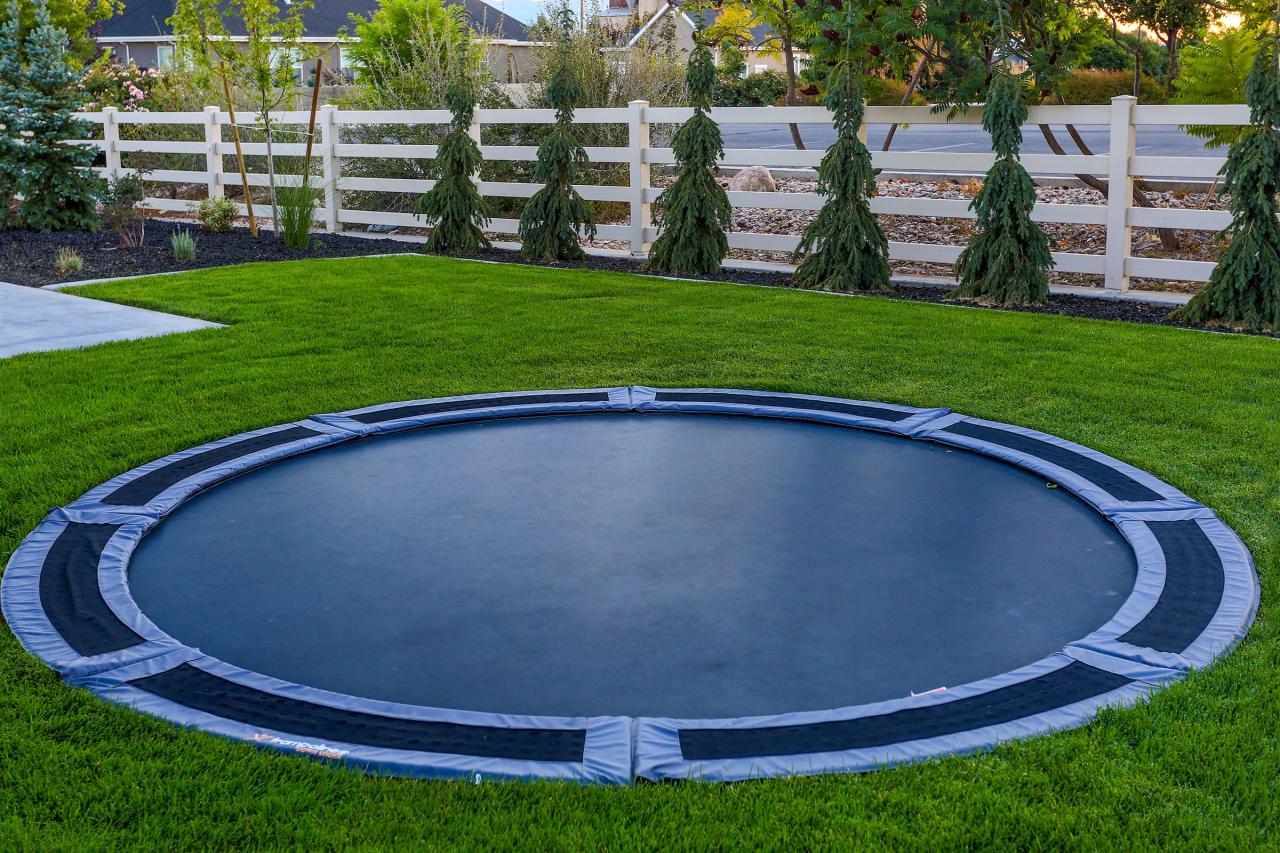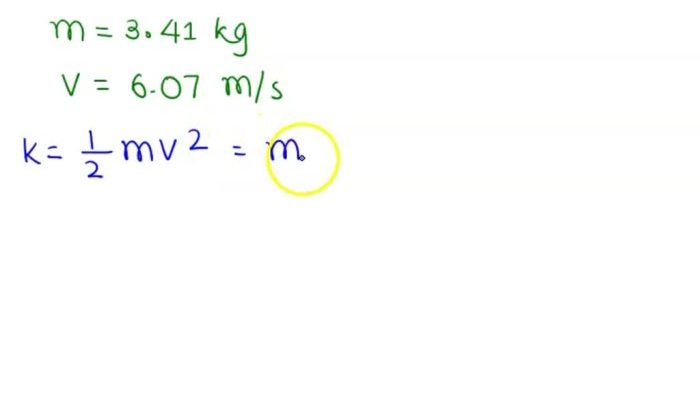A sheet or web supported by springs is an intriguing concept that has captured the imagination of engineers and scientists alike. This unique structure exhibits remarkable properties that make it suitable for a wide range of applications, from aerospace to medical devices.
In this article, we will delve into the intricate details of a sheet or web supported by springs, exploring its material composition, elasticity, tension, compression, and design considerations. We will also highlight recent advancements and cutting-edge applications of this fascinating structure.
Material and Structure

A sheet or web supported by springs is a versatile and durable structure used in various applications. Its composition and design play a crucial role in determining its functionality and performance.
The sheet or web itself is typically made from flexible materials such as fabrics, membranes, or metal sheets. The choice of material depends on the specific application, with factors such as strength, weight, and resistance to environmental conditions being considered.
The springs used to support the sheet or web are typically made from steel, although other materials like rubber or composite materials can also be employed. The type of spring used depends on the desired stiffness, load capacity, and dynamic characteristics.
Structural Design
The structural design of a sheet or web supported by springs involves careful consideration of the following elements:
- Spring arrangement:The springs can be arranged in various configurations, such as parallel, series, or a combination of both, to achieve the desired load distribution and stiffness.
- Attachment points:The attachment points between the sheet or web and the springs determine the load transfer and stress distribution within the structure.
- Boundary conditions:The edges of the sheet or web can be fixed, pinned, or free, which influences the overall stability and vibration characteristics.
Elasticity and Springiness

The sheet or web exhibits remarkable elastic properties, allowing it to deform under applied forces and regain its original shape upon their removal. This elasticity is crucial for the structure’s flexibility and ability to absorb energy.
The incorporation of springs further enhances the springiness of the structure. Springs provide a restoring force that opposes deformation, ensuring that the sheet or web returns to its original position after being stretched or compressed. The stiffness of the springs determines the amount of force required to deform the structure and the rate at which it returns to its original shape.
Effect on Flexibility and Responsiveness
The elasticity of the sheet or web and the stiffness of the springs work in tandem to influence the overall flexibility and responsiveness of the structure. A highly elastic sheet or web with soft springs allows for significant deformation and a slow return to the original shape, resulting in a flexible and yielding structure.
Conversely, a less elastic sheet or web with stiffer springs restricts deformation and promotes a rapid return to the original shape, leading to a more rigid and responsive structure.
Applications
Structures that incorporate elasticity and springiness find applications in a wide range of fields, including:
- Shock absorbers:In vehicles and other applications, springs and elastic materials are used to absorb and dissipate energy from impacts, reducing vibrations and providing a smoother ride.
- Medical devices:Elastic sheets and springs are used in medical devices such as prosthetics and braces to provide support, flexibility, and cushioning.
- Vibration isolation:Elastic materials and springs are employed to isolate sensitive equipment from vibrations, preventing damage and ensuring optimal performance.
Tension and Compression

Tension and compression are two opposing forces that act on the sheet or web and springs. Tension is the force that pulls the material taut, while compression is the force that pushes it together. These forces play a crucial role in determining the shape, stability, and load-bearing capacity of the structure.
Effects on Shape and Stability
Tension tends to stretch the material, making it thinner and longer. Compression, on the other hand, tends to shorten and thicken the material. The interplay of these forces determines the overall shape of the sheet or web. For example, a sheet that is under tension will become flatter, while a sheet that is under compression will become more curved.
Effects on Load-Bearing Capacity
Tension and compression also affect the load-bearing capacity of the structure. Tension strengthens the material, making it more resistant to stretching and tearing. Compression, on the other hand, weakens the material, making it more susceptible to buckling and collapse. The optimal balance of tension and compression is therefore essential for ensuring the structural integrity of the sheet or web.
Illustrations and Simulations
Various illustrations and simulations can be used to demonstrate the effects of tension and compression on the sheet or web and springs. These include:
- A sheet of paper being stretched and compressed
- A spring being compressed and released
- A simulation of a suspension bridge under load
These illustrations and simulations provide a visual representation of how tension and compression affect the behavior of the material and structure.
Applications
A sheet or web supported by springs finds diverse applications across various industries, offering unique advantages and limitations in each context.
Industrial Machinery
In industrial machinery, sheets or webs supported by springs are commonly employed in:
- Conveyor belts:Transporting materials in production lines, utilizing springs to absorb impact and maintain tension.
- Vibration dampeners:Isolating machinery from vibrations, reducing noise and protecting sensitive components.
- Material handling:Facilitating the movement and positioning of heavy objects, with springs providing flexibility and shock absorption.
Automotive Industry
Within the automotive industry, sheets or webs supported by springs are used in:
- Suspension systems:Providing a smooth ride by absorbing shocks and vibrations from the road surface.
- Seat cushions:Enhancing comfort by distributing weight and reducing pressure points.
- Engine mounts:Isolating the engine from the chassis, reducing noise and vibrations transmitted to the cabin.
Medical Devices
In medical applications, sheets or webs supported by springs are utilized in:
- Hospital beds:Providing adjustable support and pressure relief for patients, with springs allowing for easy positioning and comfort.
- Surgical tables:Enabling precise positioning and stability during surgical procedures, with springs ensuring smooth and controlled movement.
- Prosthetics:Creating flexible and responsive artificial limbs, with springs providing shock absorption and mobility.
Design Considerations
When designing a sheet or web supported by springs, several key considerations must be taken into account to ensure optimal performance and longevity. These include:
Material Selection
The choice of material for the sheet or web is crucial as it affects its strength, durability, and springiness. Common materials include:
- Steel:High strength and durability, but can be prone to corrosion.
- Aluminum:Lightweight and corrosion-resistant, but less strong than steel.
- Composite materials:Offer a combination of strength, lightweight, and corrosion resistance.
Spring Stiffness, A sheet or web supported by springs
The stiffness of the springs determines the amount of force required to deflect the sheet or web. The stiffness should be carefully selected based on the intended application and the desired level of support.
Tension Distribution
The distribution of tension across the sheet or web is critical for preventing uneven loading and premature failure. Proper tensioning ensures that the load is evenly distributed and that the springs are not overloaded.
Structural Stability
The structural stability of the sheet or web is essential for maintaining its shape and preventing collapse. Factors such as the geometry of the sheet or web, the spacing of the springs, and the boundary conditions must be carefully considered to ensure stability.
Recent Advancements
Sheets or webs supported by springs have witnessed significant advancements in recent times, driven by the pursuit of improved performance, efficiency, and novel applications.
Innovative materials, such as shape-memory alloys and carbon nanotubes, offer enhanced mechanical properties and lightweight characteristics. Advanced manufacturing techniques, like 3D printing and microfabrication, enable the creation of complex structures with tailored properties.
Novel Analytical Methods
Analytical methods, including finite element analysis and computational modeling, have evolved to accurately predict the behavior of these structures under various loading conditions. These methods help optimize designs and reduce the need for physical prototyping.
Cutting-Edge Applications
These advancements have led to groundbreaking applications in various fields:
- Biomedical devices:Springs supporting membranes in artificial organs and tissue engineering.
- Energy harvesting:Flexible solar panels and piezoelectric devices that convert mechanical energy into electricity.
- Aerospace:Lightweight deployable structures for space exploration and satellites.
FAQ Section: A Sheet Or Web Supported By Springs
What are the advantages of using a sheet or web supported by springs?
A sheet or web supported by springs offers several advantages, including high flexibility, excellent shock absorption, and customizable stiffness. These properties make it ideal for applications where vibration damping, load distribution, and precise control are required.
How does the elasticity of the sheet or web affect its performance?
The elasticity of the sheet or web plays a crucial role in determining its flexibility and responsiveness. A more elastic material will result in a structure that can deform easily under load, while a stiffer material will provide greater resistance to deformation.
This elasticity can be tailored to meet specific application requirements.
What are some examples of applications where a sheet or web supported by springs is used?
A sheet or web supported by springs finds applications in a wide range of industries, including aerospace, automotive, medical, and consumer products. It is commonly used in vibration isolation systems, shock absorbers, and medical devices such as mattresses and prosthetics.
